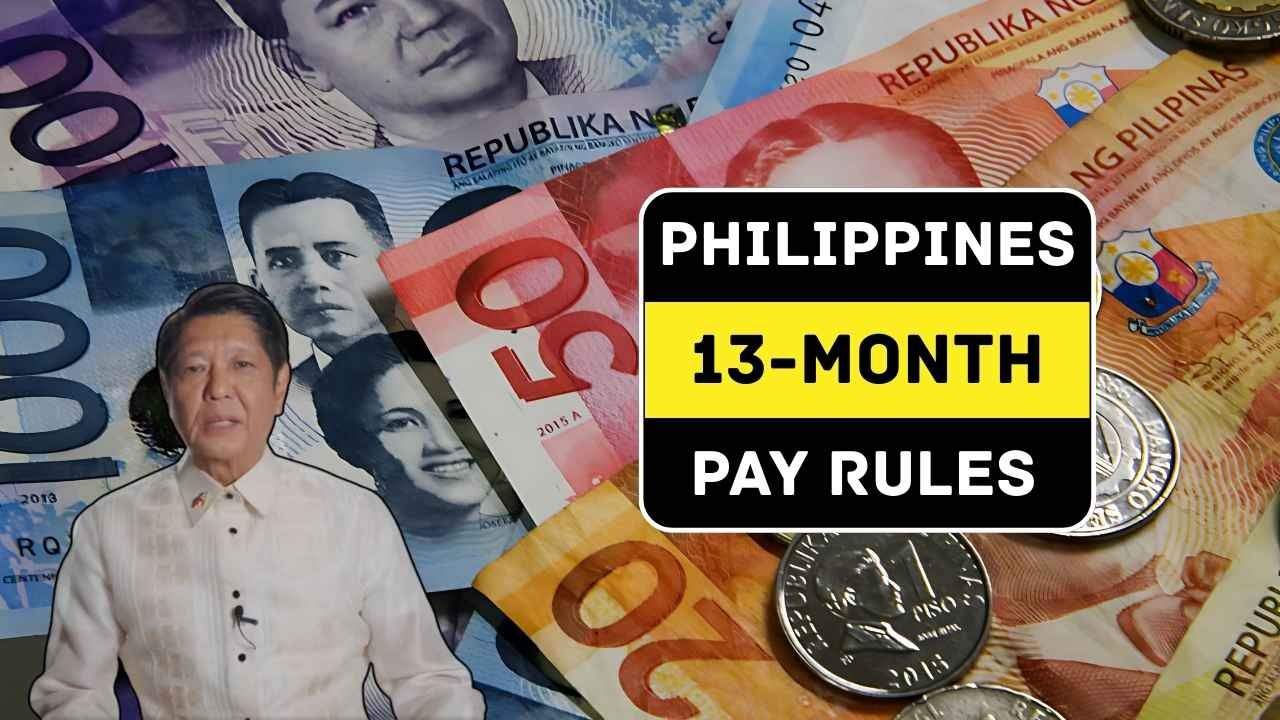The 13th-month pay has long been an essential part of employee compensation in the Philippines. It provides workers with an extra month’s salary at the end of the year, usually before Christmas, when expenses are at their highest. This benefit is not only a source of financial relief but also a reflection of the country’s efforts to ensure fair treatment of workers. For 2025, the Department of Labor and Employment (DOLE) continues to enforce this rule strictly, reminding employers of their obligation to comply.
Legal Basis of the 13th-Month Pay
The 13th-month pay was established under Presidential Decree No. 851 in 1975. The law requires all private sector employers to grant their rank-and-file employees an additional month’s salary, computed based on their basic pay earned within the year. Since its introduction, it has become a permanent benefit for Filipino workers and a key feature of labor protection in the country.
Who Is Entitled to Receive It
All rank-and-file employees in the private sector are entitled to the 13th-month pay, regardless of employment status. This means that regular, probationary, project-based, contractual, and part-time workers are all covered, provided they have worked at least one month during the calendar year.
Employees who are not covered include:
- Government employees, since they follow a separate compensation system
- Domestic helpers or kasambahays, who are governed by the Batas Kasambahay
- Employees in managerial positions, though many companies still provide it voluntarily as part of internal policies
Deadline for Release
Employers are required to release the 13th-month pay no later than December 24 each year. Many companies, however, choose to release it earlier or split the payment into two parts—one around mid-year and the other before Christmas. Regardless of the schedule, the full benefit must always be given before the December 24 deadline.
Additionally, employers must file a compliance report with DOLE by January of the following year, confirming that they have paid the benefit to their employees.
How the 13th-Month Pay is Calculated
The formula for computing the 13th-month pay is straightforward:
13th-Month Pay = Total Basic Salary Earned During the Year ÷ 12
Only the basic salary is considered in the computation. Overtime pay, night shift differentials, holiday pay, and allowances are excluded unless they are considered part of the employee’s regular salary.
Example:
- An employee earning ₱30,000 per month who worked the entire year will receive ₱30,000 as 13th-month pay.
- An employee earning ₱20,000 per month who worked for only six months will receive ₱120,000 ÷ 12 = ₱10,000.
Tax Treatment of the 13th-Month Pay
The TRAIN Law (Republic Act 10963) provides a tax exemption for bonuses, including the 13th-month pay, up to ₱90,000 per year. If an employee’s combined 13th-month pay and other bonuses exceed ₱90,000, only the excess amount is subject to income tax and withholding tax. This provision allows most employees to enjoy their 13th-month pay tax-free.
Penalties for Non-Compliance
Employers who fail to grant the 13th-month pay may face legal and financial consequences. DOLE can order back payments, impose fines, and even pursue criminal charges against violators. Employees who are denied their benefit may file a complaint with DOLE or the National Labor Relations Commission (NLRC). Claims must be filed within three years from the date the benefit became due.
Importance of the 13th-Month Pay
The 13th-month pay provides workers with much-needed financial support during the holiday season, helping them manage family expenses, debt payments, and other year-end obligations. For businesses, compliance with the law strengthens employee trust and morale, which can lead to better productivity and retention.
Conclusion
The 13th-month pay continues to serve as a vital labor protection measure in the Philippines. For 2025, the rules remain clear: the benefit must be computed based on basic salary, prorated when necessary, and released no later than December 24. With a tax exemption of up to ₱90,000, it ensures that millions of Filipino workers receive meaningful financial relief each year. Both employers and employees are encouraged to fully understand their rights and responsibilities to ensure smooth and lawful implementation of this benefit.
FAQs
Who is covered by the 13th-month pay rule?
All rank-and-file employees in the private sector, regardless of status, as long as they have worked at least one month in the year.
When should employers release the 13th-month pay?
On or before December 24 of every year. Some employers release it in two installments, but the full amount must be paid before Christmas Eve.
Is the 13th-month pay taxable?
It is tax-exempt up to ₱90,000 under the TRAIN Law. Any excess beyond this limit will be subject to income tax.



In the company I’m working, absences are deducted. So even if you worked the whole year you still cannot receive the one month salary since 13th month pay is based on it.
yes sir
Maraming salamat SA ating Mahal na presidente, SA pag gawa Nia Ng batas SA 13th month pay.
yes sir
bwakang igit ka eh matagal ng naka batas yan anong pinag bago nyang pinag sasabi mo jusko lord 200 pesos increase di mo binigay tapos nag ngangaengaw ka adik ka ba?
yes sir